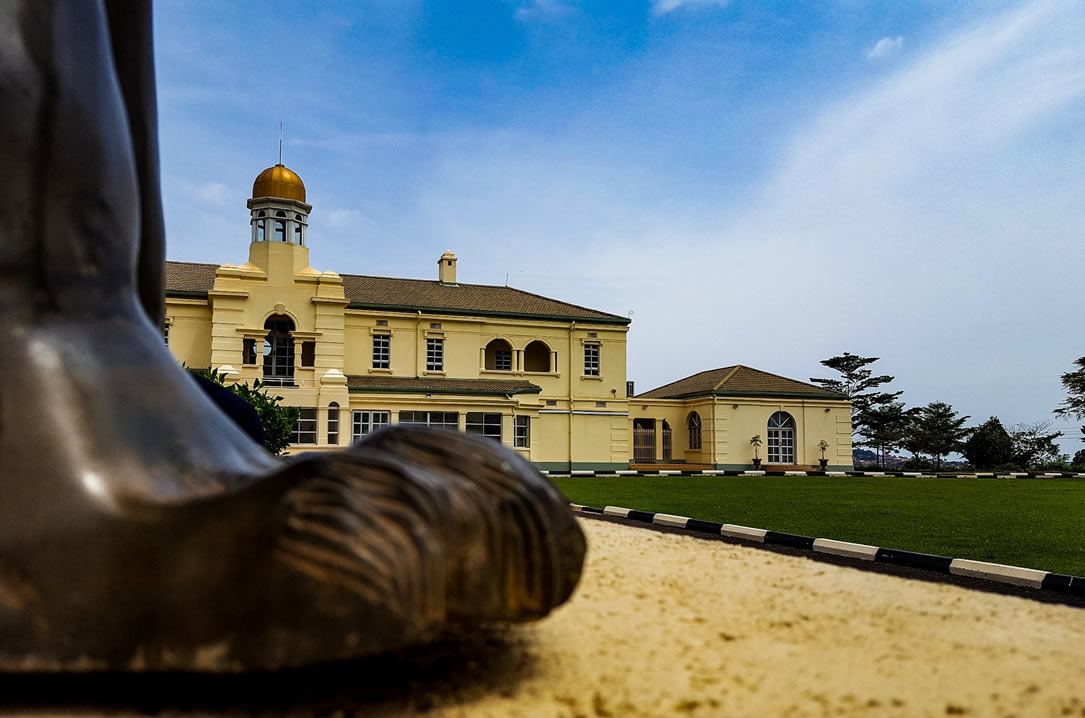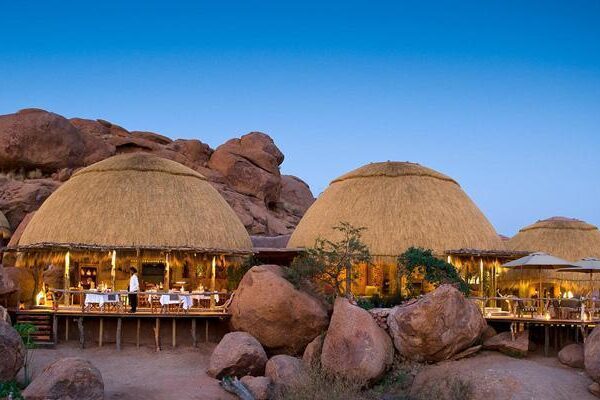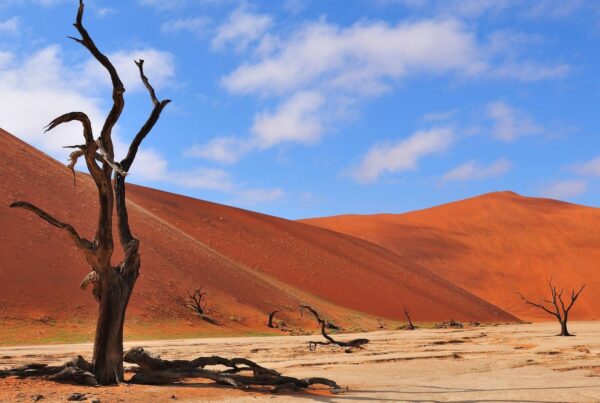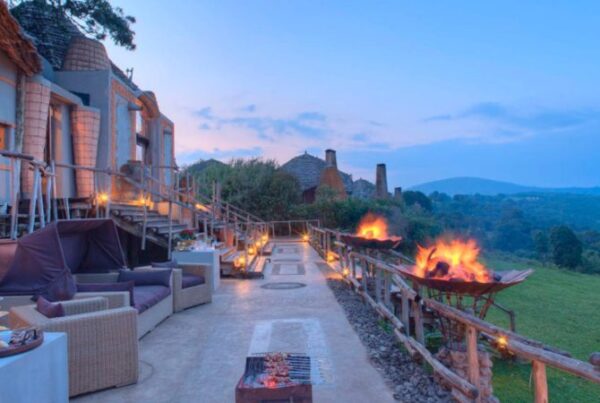Kabaka’s Palace: Where to Stay for a Day Trip for Photographers
A Photographer’s Paradise in the Heart of Uganda
Nestled in the vibrant capital city of Kampala, the Kabaka’s Palace, also known as Lubiri Palace, stands as a symbol of Uganda’s rich cultural heritage and royal history. For photographers, this iconic site offers a mesmerizing blend of architectural grandeur, lush gardens, and glimpses into the traditions of the Buganda Kingdom. Whether capturing the intricate details of royal regalia or the expansive landscapes surrounding the palace, a visit here provides an unparalleled opportunity for visual storytelling. The palace is not merely a monument; it is a living embodiment of Buganda’s history, its customs, and the enduring legacy of its kings.
For travelers and photographers seeking a day trip experience, knowing where to stay and how to navigate the area is crucial. Accommodation choices around the palace can profoundly affect the ease of access to prime photographic angles and the overall immersion in Uganda’s cultural heartbeat.
The Historical Significance of Kabaka’s Palace
The Kabaka’s Palace is far more than a royal residence. Established in the late 19th century, it has been the administrative and cultural hub of the Buganda Kingdom, the largest and most influential of Uganda’s traditional kingdoms. Photographers will find that every corner of the palace grounds tells a story, from the ceremonial gates, known locally as Amayumba, to the intricately carved wooden artifacts that adorn the interior spaces.
The palace’s significance extends beyond aesthetics; it is a symbol of authority and heritage. The current Kabaka, or king, maintains a presence that keeps the palace alive with ceremonial functions and cultural activities. For a photographer, these moments are fleeting yet invaluable, providing rare glimpses into the rhythms of royal life. Capturing these moments requires careful planning, often starting with selecting accommodation that allows early access to the palace and surrounding areas.
Strategic Accommodation: Where to Stay for Maximum Photographic Opportunities
Choosing where to stay when planning a day trip to the Kabaka’s Palace is a decision that profoundly impacts a photographer’s experience. Proximity, comfort, and ambiance all contribute to the quality of the images captured. Hotels and lodges near Mengo Hill, where the palace is situated, provide not only convenience but also stunning vantage points for sunrise and sunset photography.
For instance, several high-end hotels offer rooms with panoramic views of the palace and the rolling hills of Kampala. Staying in such accommodations ensures that photographers can capture the soft morning light illuminating the palace façade or the golden hues of sunset reflecting off the gardens. Mid-range lodges and guesthouses also provide a strategic balance between accessibility and immersion, often located along quiet streets that lead directly to the palace gates. The careful selection of lodging is, therefore, as essential as choosing the right lens or camera settings, as it dictates the flow and timing of photographic excursions.
Capturing the Architecture: A Photographer’s Guide
The architectural features of the Kabaka’s Palace are a dream for photographers. Constructed with traditional Buganda designs and colonial influences, the palace exhibits a harmonious blend of styles. The outer walls, painted in earthy tones, are adorned with intricate motifs, each telling stories of ancestral significance. The palace gates, often opened only during ceremonies, are imposing yet elegantly detailed, creating perfect compositions for wide-angle shots.
Photographers are encouraged to focus not only on the grandeur of the palace but also on textural details—the ornate wood carvings, the ceremonial thrones, and the royal insignia. These elements reveal the palace’s cultural richness and provide contrast to the sweeping landscapes surrounding it. Light plays a critical role; early mornings and late afternoons cast shadows that accentuate the depth of the carvings and the contours of the palace structures.
Gardens and Surrounding Landscapes: Natural Frames for Royal Photography
The grounds of the Kabaka’s Palace are equally captivating. Manicured lawns, exotic trees, and flowering plants create natural frames that enhance photographic compositions. The gardens are maintained with meticulous care, reflecting the royal aesthetic that has been preserved over generations. Birds, butterflies, and occasionally, traditional dancers performing within the grounds, provide additional layers of storytelling that photographers often seek.
The rolling hills surrounding the palace contribute to dramatic landscape shots. Photographers can capture the juxtaposition of urban life in Kampala with the serene, almost ethereal beauty of the palace grounds. These landscapes are particularly stunning during the rainy season when greenery is lush, and morning mists lend a mystical quality to the scenes.
Cultural Ceremonies: Timing is Everything
A day trip to the Kabaka’s Palace is incomplete without experiencing the ceremonial aspects that define Buganda royalty. While public access to the palace interior is limited, certain festivals and events allow visitors to witness traditional dances, royal gatherings, and cultural performances. For photographers, these events offer a dynamic opportunity to capture movement, color, and emotion.
Timing is critical. Photographers who plan their stay in proximity to the palace can maximize early access and avoid crowds, ensuring that their compositions remain focused and unobstructed. Patience and respect are also essential; cultural sensitivity ensures that photographers are welcomed rather than restricted, providing greater freedom to document the authentic vibrancy of Buganda culture.
Day Trip Logistics: Navigating the Palace for Photographers
For those embarking on a day trip, logistical considerations are paramount. The palace is situated in a bustling area of Kampala, requiring careful planning to avoid peak traffic hours. Photographers are advised to begin their day early, allowing sufficient time to navigate the grounds and capture the first light on the palace walls.
Local guides can enhance the experience by providing historical context, directing photographers to lesser-known vantage points, and offering insights into cultural etiquette. Access to certain areas may require prior arrangement, so staying close to the palace facilitates communication with palace officials and ensures a smoother day trip. Parking, entry permits, and timing of visits must all be considered to optimize photographic opportunities without compromising respect for the royal premises.
Technical Considerations for Photographers
Photography at Kabaka’s Palace requires a blend of technical expertise and artistic vision. Wide-angle lenses are essential for capturing the grandeur of the palace and the surrounding landscapes, while telephoto lenses allow close-ups of architectural details and ceremonial events without intruding on private spaces. Tripods may be necessary for low-light conditions, particularly during early morning or late evening shoots.
The interplay of natural and artificial light offers both challenges and opportunities. Shadows cast by trees, gates, and palace structures can add depth but require careful exposure adjustments. Reflective surfaces, such as polished floors and windows, necessitate thoughtful composition to avoid glare while maintaining visual interest. A keen eye for detail, patience, and a flexible shooting schedule are indispensable for capturing the essence of the palace in its full glory.
Immersive Cultural Photography: Beyond the Palace Walls
While the Kabaka’s Palace itself is the centerpiece, the surrounding community provides additional storytelling avenues. Nearby markets, streets, and cultural centers offer candid photography opportunities, reflecting the daily life of the Buganda people. Photographers who explore beyond the palace gates find contrasts that enrich their portfolios, from street vendors displaying handcrafted goods to children playing in historic neighborhoods.
Photographs that juxtapose the royal serenity of the palace with the vibrancy of local life highlight Uganda’s cultural duality. This approach transforms a simple day trip into a comprehensive photographic journey, blending heritage with contemporary life, and providing a richer narrative that resonates with viewers.
Post-Processing and Storytelling
After capturing images at the Kabaka’s Palace, post-processing becomes an essential part of the storytelling process. Enhancing textures, balancing light and shadow, and preserving the authenticity of colors are critical for conveying the palace’s true essence. Photographers often focus on creating a cohesive visual narrative, connecting architectural grandeur, ceremonial moments, and landscape vistas into a seamless portfolio.
The goal is not merely to present aesthetically pleasing images but to tell the story of the Buganda Kingdom, its heritage, and the enduring significance of the Kabaka’s Palace. Thoughtful curation and editing transform raw photographs into compelling visual chronicles that resonate with audiences worldwide.
A Must-Visit Destination for Photographers
The Kabaka’s Palace in Kampala is more than a tourist attraction; it is a living monument to Uganda’s rich cultural heritage. For photographers, it provides a unique blend of architectural beauty, ceremonial splendor, and natural landscapes. Strategic accommodation near the palace enhances access and timing, allowing for optimal photographic opportunities. From capturing intricate details of royal artifacts to framing expansive vistas of lush gardens and rolling hills, every aspect of a visit is steeped in visual potential.
To fully experience the grandeur and heritage of Uganda while ensuring a seamless and immersive day trip, photographers and travelers are encouraged to book their tours and safaris through WildHorn Africa. Expertly curated experiences provide not only logistical convenience but also insider access to the most photogenic moments and culturally significant events, ensuring that every visit to the Kabaka’s Palace is both memorable and transformative.





 WildHorn Africa – Authentic and unforgettable tours across Africa, guided by local experts who know the land, wildlife, and culture best.
WildHorn Africa – Authentic and unforgettable tours across Africa, guided by local experts who know the land, wildlife, and culture best.


